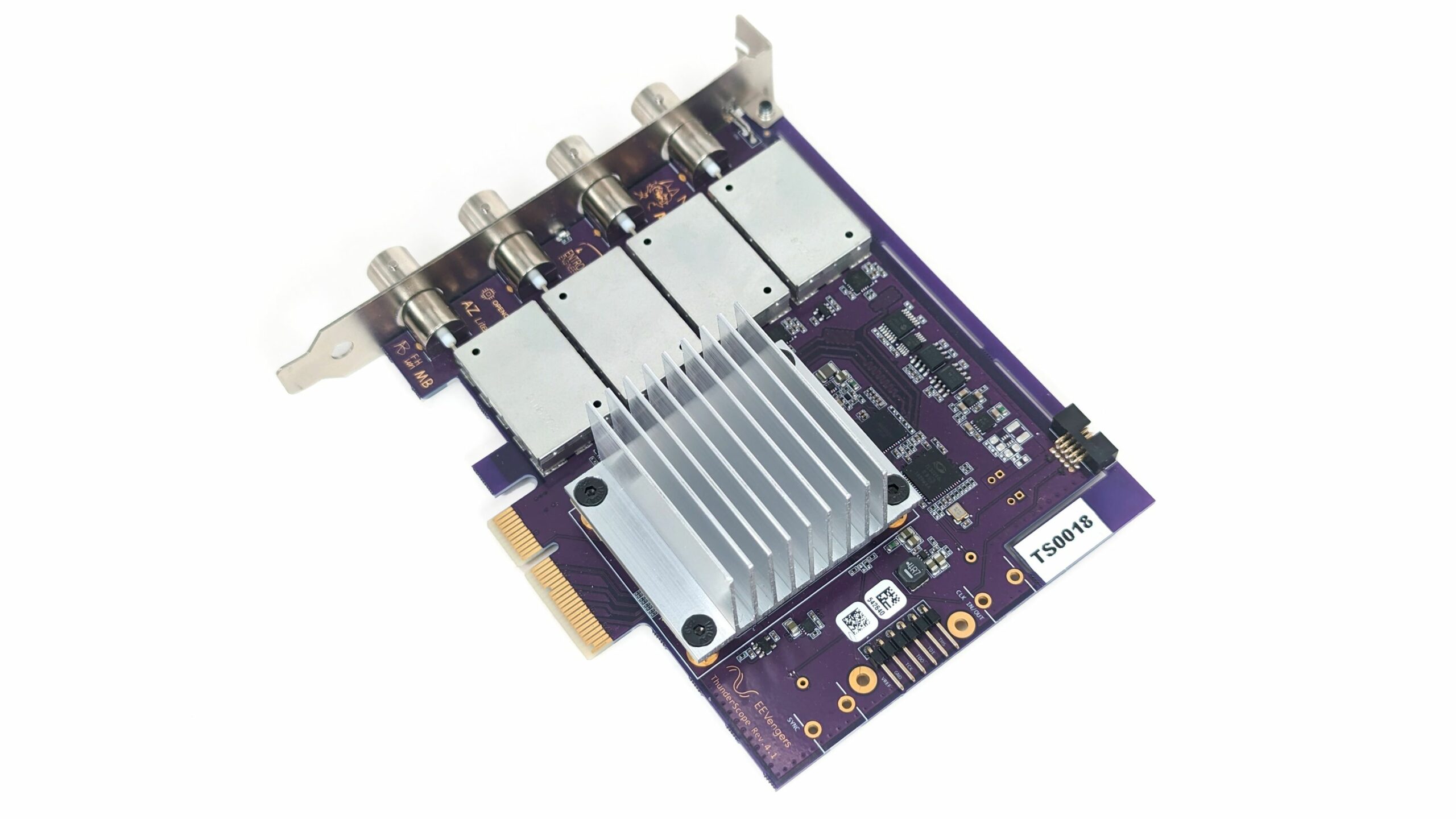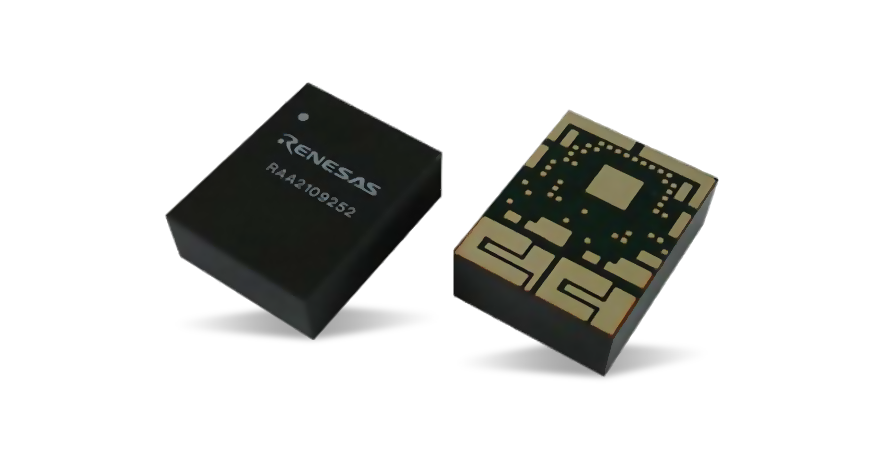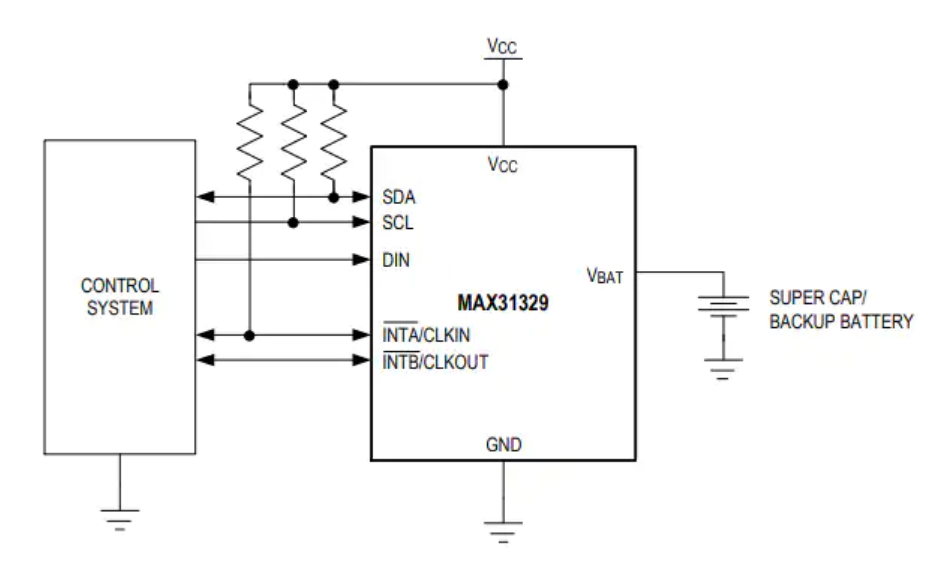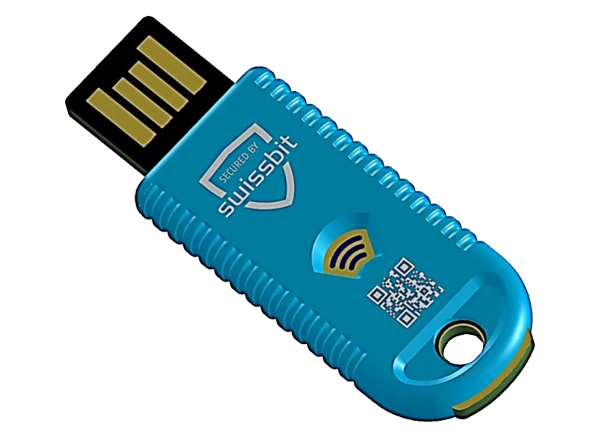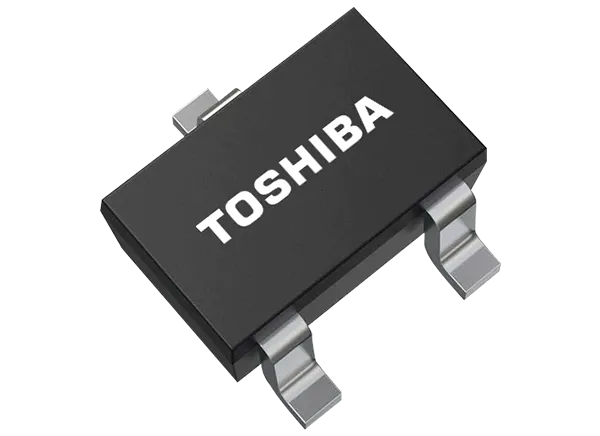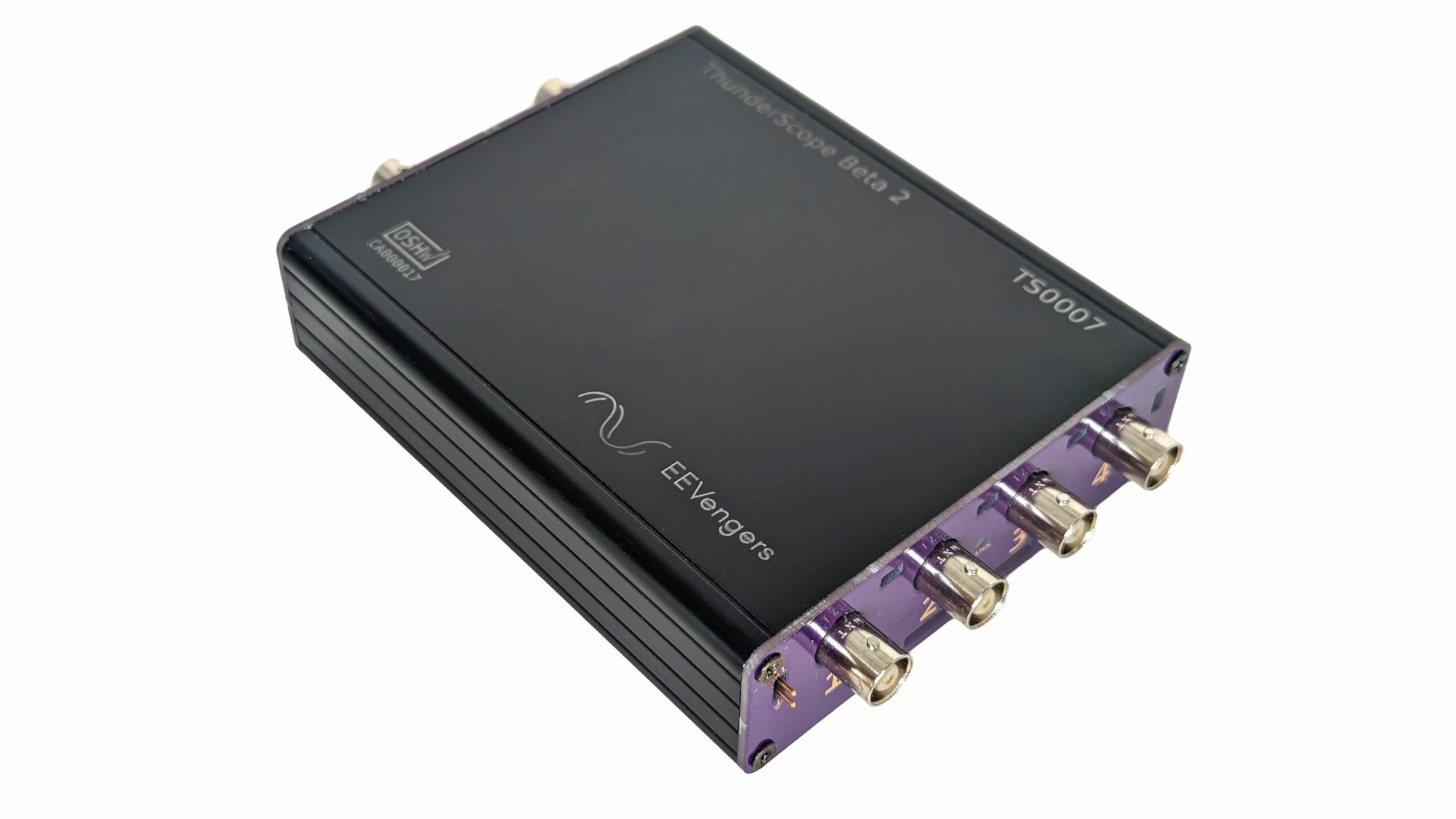
ThunderScope Open-Source PCIe oscilloscope has 1 GS/s data sampling rate
The ThunderScope oscilloscope is a portable, open-source oscilloscope designed for high-speed data capture and analysis. The scope has a unique design and it streams up to 1 GS/s of sample data in real-time to a computer via Thunderbolt, USB 4, or PCIe, leveraging the computer’s processing power for advanced signal analysis.
The scope has an adjustable bandwidth up to 350 MHz, 8-12 bit resolution, and supports various termination and input impedance options. Its unique software-defined architecture allows deep protocol analysis, RF experiments, and expandable trigger and math features. These features make this device useful for those who need to do onsight data analysis from basic measurements to complex protocol decodes.
The ThunderScope oscilloscope uses AMD’s Artix 7 XC7A35T-2CSG325C FPGA and supports up to four channels with a maximum analog bandwidth of 500 MHz when the anti-aliasing filter is off. It is powered directly through the Thunderbolt port, so no external power supply is needed. Available in a durable aluminum case, it can connect via Thunderbolt or as a PCIe card, which plugs into a 4x PCIe Gen 2 slot.
Previously we have written about similar oscilloscopes like James Wilson’s 2GHz active probe, the Rohde & Schwarz MXO 5C series, the Analog Discovery ADP2230, and much more, feel free to check those out if you are interested in the topic.
ThunderScope Oscilloscope Specifications
- Interfaces: Thunderbolt/USB4 and PCIe (Gen 2 x4 or higher)
- Bandwidth:
- Up to 350 MHz (1 active channel)
- 200 MHz per channel (2 active channels)
- 100 MHz per channel (4 active channels)
- 500 MHz analog bandwidth (with anti-aliasing filter disabled)
- Resolution: 8-bit to 12-bit (depending on sample rate)
- Input Impedance: 1 MΩ, 50 Ω
- Voltage Range:
- 8 mVpp to 40 Vpp (1 MΩ)
- 40 mVpp to 4 Vpp (50 Ω)
- Sample Rate:
- 1 GS/s (8-bit)
- 500 MS/s (12-bit)
- Noise: 80 μVrms (8-bit) @ full bandwidth, most sensitive range
- Memory Depth: 1 Gpts per channel (software limit)
- Trigger Types: Edge (more planned)
- Protocol Decodes: 128b/130b, 64b/66b, 8b/10b, 1-Wire, CAN, DP-AUX, DVI, 10BASE-T, 100BASE-T1, 100BASE-TX, GMII, RGMII, RMII, HDMI, I2C, Intel eSPI, JTAG, MDIO, MIL-STD-1553, MIPI D-PHY, MIPI DSI, Parallel, QSPI, SDQ, SPI, SWD, UART, USB1.0/2.x
- Host Interface: PCIe Gen 2 x4 (direct or via Thunderbolt/USB4)
- Streaming Bandwidth: 1 GB/s
- Power: Host-powered
- Operating Systems: Linux, Windows, Mac (in development)
- Dimensions: 145 x 103 x 31 mm (ThunderScope), 132 x 120 x 20 mm (ThunderScope PCIe)
- Weight: 360g (ThunderScope), 150g (ThunderScope PCIe)
- Open Source: Yes
Video
The ThunderScope runs on AMD’s XDMA gateware by default, but also offers Litex-based gateware and a Litex hardware control library as alternatives. Its TS.NET system allows for precise hardware control, software interfacing, and full throughput triggering. The main user interface is ngscopeclient, an open-source, GPU-accelerated frontend for test equipment. ThunderScope is fully open-source, with an active GitHub repository featuring documentation, KiCad/Altium hardware design files, firmware, and software.
ThunderScope oscilloscope has surpassed its crowdfunding goal on Crowd Supply. The base model costs $950 and includes a carrying case and USB-C cable. A PCIe version is available for $800. A separate probe set costs $150. Shipping is free, and orders are expected to ship by July 1, 2025.





